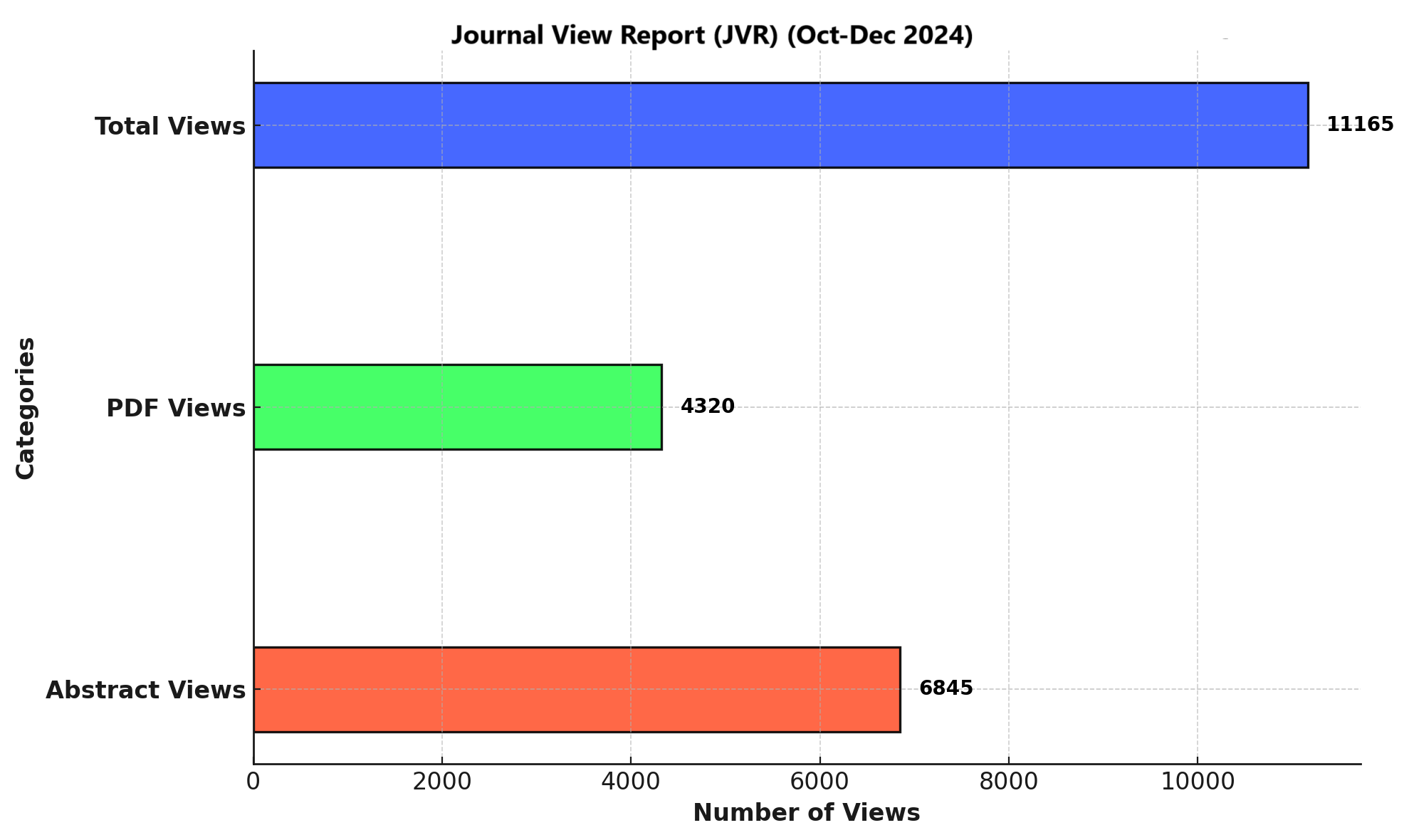EPIDEMIOLOGY OF FALLS AMONG ELDER POPULATION IN PESHAWAR, PAKISTAN: A CROSS-SECTION ANALYSIS
DOI:
https://doi.org/10.71000/ijhr112Keywords:
Elderly, Falls, Home Safety, Medication Side Effects, Peshawar, Physical ActivityAbstract
Background: Falls among the elderly are a significant public health concern that can lead to severe injuries and diminished quality of life. In Peshawar, Pakistan, the unique cultural, environmental, and socioeconomic factors may specifically influence the prevalence and risk factors of falls within this demographic.
Objective: The aim of this study is to determine the prevalence of falls and to identify critical risk factors for falls among the elderly in Peshawar.
Methods: Conducted from March to August 2024, this cross-sectional study enrolled 68 elderly individuals aged 60 and above from three tertiary care hospitals in Peshawar—Jinnah Teaching Hospital, Lady Reading Hospital, and Hayatabad Medical Complex. Participants were selected through non-probability convenient sampling. Data collection was performed using a validated Likert scale questionnaire. Statistical analysis involved descriptive statistics and Chi-square tests, utilizing SPSS version 26.
Results: Of the participants, 34% reported at least one fall in the previous year, with falls more frequently occurring at night (38%) than during the day (34%). Most falls took place either at home (34%) or in public areas (37%). Significant injuries were reported by 34% of those who fell, including bone fractures (34%) and head injuries (32%). Notably, 38% of participants were regularly taking medications known to increase fall risk.
Conclusion: The findings indicate a high prevalence of falls among the elderly in Peshawar, often resulting in serious injuries. Effective fall prevention strategies should focus on improving home safety, managing medication side effects, and encouraging regular physical activity to mitigate the risk of falls in this vulnerable population.
Published
Issue
Section
License
Copyright (c) 2024 Laiba Javed, Majid Hussain, Sohail Khan , Israr Ahmad Khan, Muhammad Zakria (Author)

This work is licensed under a Creative Commons Attribution-NonCommercial-NoDerivatives 4.0 International License.







